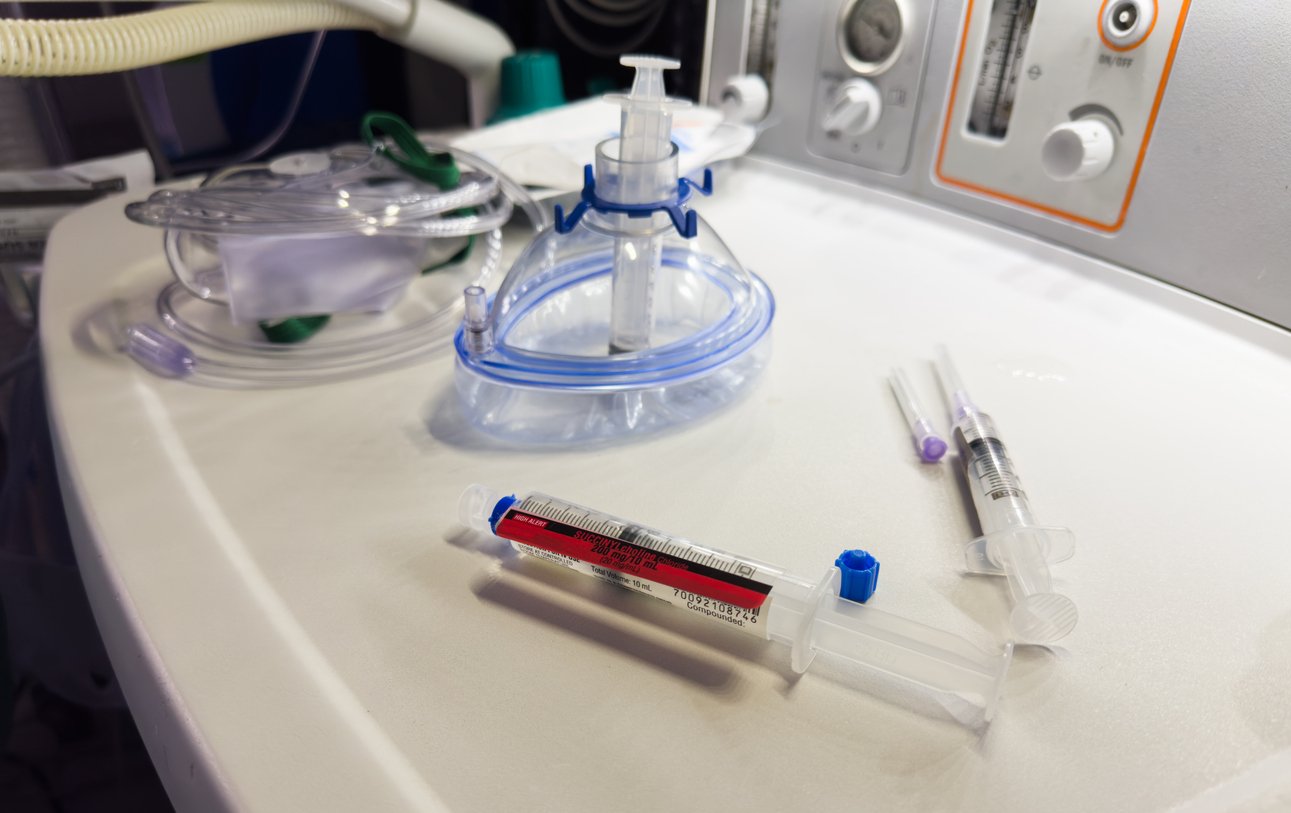Browsing: Topics

There is truly nothing else like our specialty. When I look at the future of our specialty, where many may see overwhelming challenges, I see so much opportunity.
There is truly nothing else like our specialty. When I look at the future of our specialty, where many may see overwhelming challenges, I see so much opportunity.









